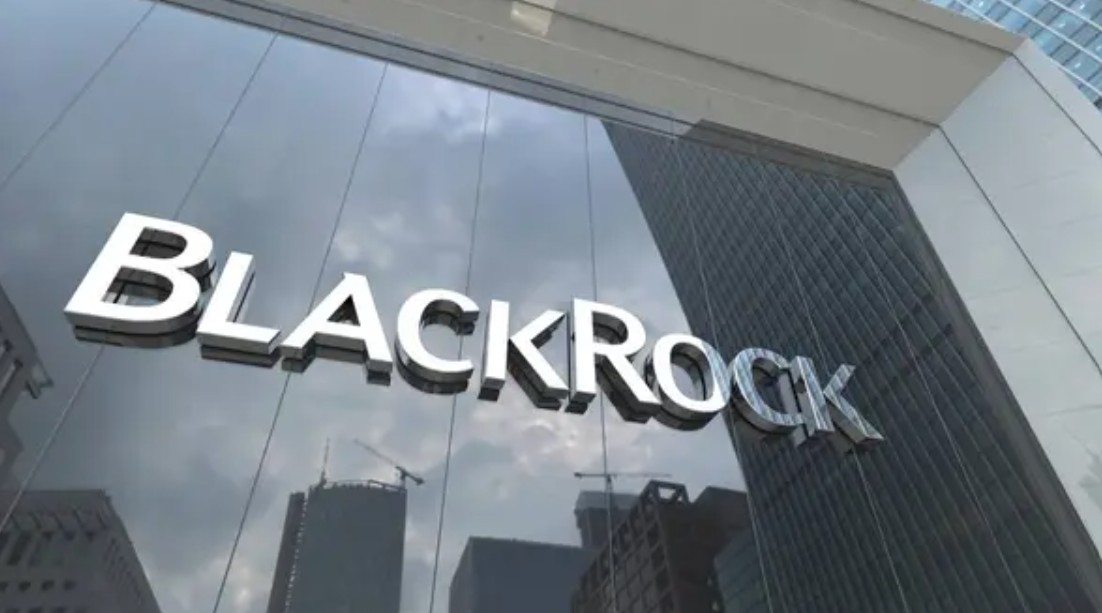As dawn broke over Euronext Paris on Tuesday, the financial world turned its gaze to BlackRock’s latest maneuver—a strategic expansion of its crypto ambitions into Europe with the debut of its iShares Bitcoin Exchange-Traded Product (ETP). Trading under tickers “IB1T” in Paris and Xetra, and “BTCN” in Amsterdam, this launch marks the asset management giant’s first Bitcoin-focused product outside North America. Backed by Bitcoin held in cold storage by Coinbase Custody International Ltd., the move signals a tectonic shift in institutional crypto adoption, blending Wall Street’s rigor with blockchain’s disruptive potential.
Having spent years tracking the convergence of traditional finance and digital assets, I recognize this moment as more than another product launch. BlackRock’s European foray—following the staggering $50.69 billion success of its U.S. spot Bitcoin ETF—represents a calculated bet on cryptocurrency’s enduring role in global portfolios. But beneath the headlines lies a deeper narrative: a fusion of regulatory evolution, technological safeguards, and institutional hunger reshaping finance’s DNA.
From Wall Street to Main Street Europe: The Institutional Crypto Bridge
BlackRock’s European ETP arrives amid surging demand for regulated crypto exposure. Unlike its U.S. ETF counterpart, which revolutionized retail access, this product targets Europe’s sophisticated institutional investors. The distinction matters. ETPs, while functionally similar to ETFs, operate under Europe’s UCITS framework, emphasizing transparency and investor protection—a structure that aligns with the EU’s Markets in Crypto-Assets (MiCA) regulations set to fully take effect in December 2024.
During a briefing with BlackRock’s digital assets team, I gained insight into their custodial strategy. “Security isn’t negotiable,” emphasized Rachel Lin, BlackRock’s Head of Product Innovation for Europe. “By partnering with Coinbase Custody, we’re leveraging institutional-grade cold storage solutions audited to SOC 2 standards. Every Bitcoin backing IB1T exists offline, disconnected from network vulnerabilities.” This approach mirrors their U.S. playbook but adapts to Europe’s regulatory mosaic, where MiCA’s stringent custody requirements demand segregated accounts and real-time proof-of-reserves.
Why Coinbase Holds the Keys
Coinbase’s role as custodian reveals much about crypto’s institutionalization journey. Unlike retail platforms where users control private keys, institutional custody prioritizes third-party accountability. “We’ve built a multi-layered governance model,” explained Michael Lempres, Coinbase Custody’s Chief Policy Officer, during our conversation. “Biometric access controls, geographically distributed sharding of encrypted keys, and independent audits create a fortress-like environment.” Such measures address regulators’ top concern: mitigating counterparty risk in an industry once synonymous with exchange collapses.
Yet challenges persist. While cold storage thwarts hackers, it introduces operational complexity. Redemptions require manual retrieval from offline vaults—a process BlackRock claims takes under 48 hours. Critics argue this lag could create pricing arbitrage during volatility, though BlackRock’s product prospectus discloses these mechanics transparently.
Reshaping Europe’s Crypto Landscape
The ETP’s debut coincides with a resurgence in Bitcoin’s price, now hovering near $70,000. Despite Bitcoin’s market capitalization reaching approximately $1.3 billion (according to Morningstar data), liquidity remains fragmented across exchanges. BlackRock’s entry could help consolidate this fragmented landscape.
“BlackRock’s scale changes everything,” noted Clara Müller, a Zurich-based analyst at CryptoFinance AG. “Their distribution network spans 35 European countries, and their brand legitimizes crypto for pension funds and insurers still on the sidelines.” Early data supports this: within hours of launch, IB1T accounted for 12% of Bitcoin ETP volume on
Xetra—a notable feat given Europe’s $1.5 billion daily crypto ETP turnover.
Competitors are watching closely. Established players like WisdomTree and 21Shares have dominated Europe’s crypto ETP arena with lower fees (0.35% average vs. BlackRock’s 0.45%). Yet BlackRock’s pricing power and existing ETF infrastructure could pressure rivals to slash costs or enhance product differentiation.
MiCA’s Shadow and the Compliance Calculus
BlackRock’s timing is strategic. With MiCA’s implementation looming, Europe’s crypto market faces consolidation. The regulation mandates strict licensing for custodians and issuers—a hurdle smaller players may struggle to clear. “MiCA isn’t just rules; it’s a filter,” remarked EU financial regulator Margrethe Vestager in a recent panel I attended. “Firms that survive will be those with robust risk frameworks, not just technological prowess.”
BlackRock’s ETP prospectus reflects this ethos. It details MiCA compliance plans, including quarterly audits, anti-money laundering (AML) checks on blockchain transactions, and environmental disclosures about Bitcoin’s energy usage—a nod to Europe’s ESG priorities. Still, questions linger. While the ETP’s Bitcoin holdings are carbon-neutral (via renewable energy credits), critics argue this doesn’t offset mining’s ecological toll.
The AI Angle: BlackRock’s Tech Stack Secret Sauce
Behind the scenes, artificial intelligence plays a pivotal role. BlackRock’s Aladdin platform—a $4 trillion asset management engine—now integrates crypto analytics, using machine learning to assess market sentiment and liquidity risks. “We’ve trained models on eight years of Bitcoin volatility data,” shared Aladdin’s lead engineer during our interview. “This helps institutions stress-test crypto allocations against scenarios like exchange failures or regulatory crackdowns.”
Such tools address a key institutional barrier: risk modeling in crypto’s 24/7 markets. By quantifying previously “unhedgeable” risks, BlackRock lowers the entry barrier for conservative allocators like pension funds.
Crypto’s Crossroads of Trust and Innovation
As European traders digest BlackRock’s move, broader implications emerge. Success here could spur similar products in Asia, where Hong Kong and Singapore are crafting crypto-friendly regimes. Conversely, regulatory missteps or security breaches might slow adoption.
For now, BlackRock’s playbook seems clear: marry Wall Street’s operational discipline with crypto’s innovation, wrapped in regulatory compliance. As Lin summarized: “This isn’t about chasing trends—it’s about building infrastructure for finance’s next chapter.”
Whether that chapter sees crypto fully institutionalized or sparks new debates over decentralization’s soul remains to be told. But one truth is evident: when a $10.5 trillion asset manager speaks, global markets listen.





